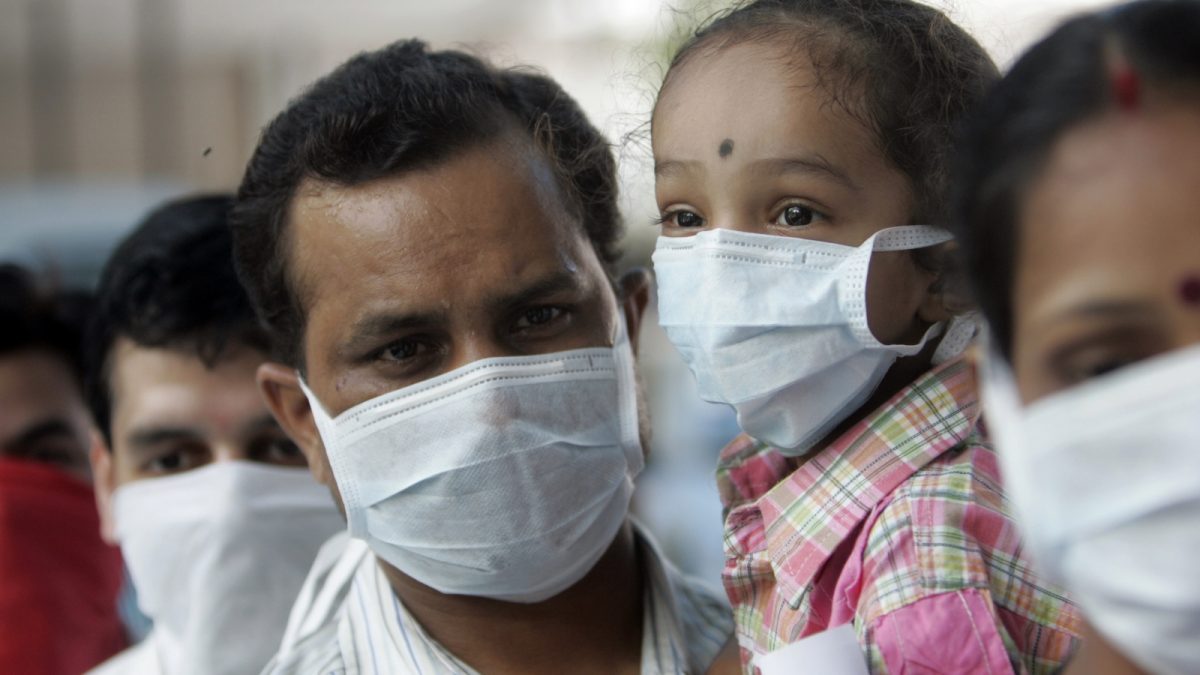“The ongoing outbreak of novel influenza A (H1N1) [swine flu] continues to expand in the United States,” according to the U.S. Centers for Disease Control and Prevention (CDC). The (author unknown) web page, updated 05/10/2009, is titled “H1N1 Flu (Swine Flu).” The article can be read by typing the title in the CDC search box.
The CDC swine flu page assures readers that the organization is taking “aggressive action” responding to the current outbreak. The CDC predicts that “…more cases, more hospitalizations and more deaths from this outbreak will occur over the coming days and weeks.” A link to a map of the United States is provided on their web site showing swine flu outbreaks for each state. The map web page, updated weekly, is titled “Weekly US Map: Influenza Summary Update.” Areas of the U.S. are color coded under these categories:
- No Report.
- No Activity.
- Sporadic.
- Local.
- Regional.
- Widespread.
The Swine Flu Epidemic
“At this time, CDC recommends…to reduce spread of influenza in schools, focus on early identification of ill students and staff…” The CDC “H1N1 Flu (Swine Flu)” web articles offers advice to students and teachers to stay home if sick. Also, the CDC reports on this page that they have developed a “PCR diagnostic test kit” for detection of the swine flu virus. The kits are being distributed to all states in the United States and Puerto Rico. Some test kits are being shipped to international locations. The CDC advises, “This increase in testing capacity is likely to result in an increase in the number of reported confirmed cases…”
Swine Flu Symptoms
The CDC lists the swine flu symptoms on their web page article titled, “Flu Symptoms & Severity.” The symptoms listed are:
- High Fever.
- Headache.
- Extreme tiredness.
- Dry cough.
- Sore throat.
- Stuffy, runny nose.
- Muscle aches.
- Stomach symptoms such as vomiting and diarrhea.
The symptoms listed, according to the CDC, are classified as “flu-like symptoms.” Persons with one or more symptoms may or may not have swine flu or other types of flu.
Swine Flu Facts
“…some people will develop life-threatening complications (such as pneumonia) as a result of the flu,” according to the CDC article titled, “Flu Symptoms & Severity.” The article continues by advising that any type of influenza can cause other serious problems. People with asthma, heart disease, and diabetes are especially vulnerable to complications from swine flu, according to the CDC.
From its first beginning as a pig respiratory disease, in 1930, the history of swine flu shows that it has mutated into the A H1N1 virus, and now targets humans. The CDC advises, In “Flu Symptoms & Severity,” that “…flu is a serious disease and it’s important to take action to protect yourself.” People experiencing flu symptoms should see their doctor for testing in order to protect themselves and others.

